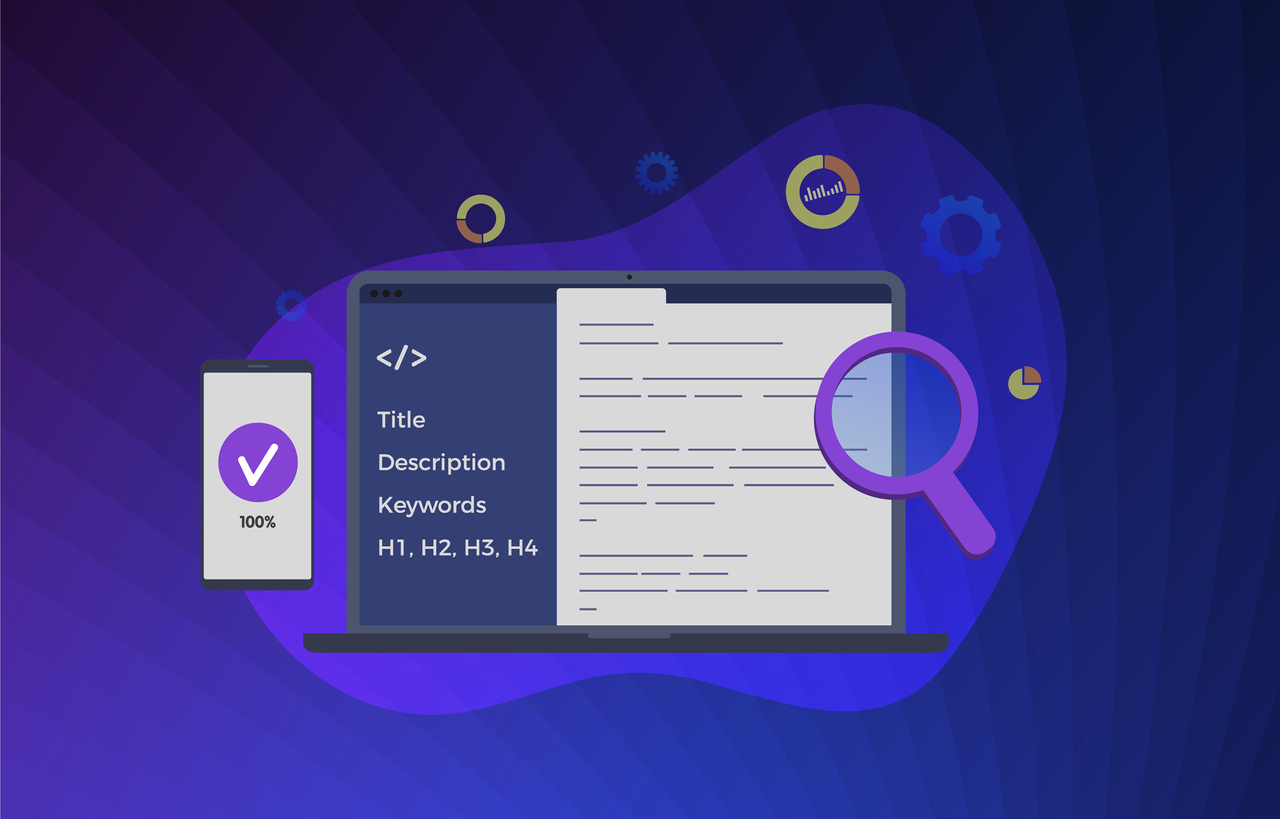In the dynamic world of online content, the significance of SEO (Search Engine Optimization) cannot be overstated. To unlock the full potential of your content and ensure it reaches the right audience, understanding textual hierarchies is paramount. In this blog post, we’ll explore why textual hierarchies matter for SEO and how they serve as the blueprint for content success.
Defining Textual Hierarchies
Textual hierarchies refer to the structured organization of content on a webpage, presenting information in a way that conveys both meaning and importance. This hierarchy is established through the use of HTML heading tags, ranging from H1 to H6, where H1 denotes the main heading and subsequent tags represent subheadings in descending order of importance.
Key HTML Heading Tags:
- H1: Main Heading
- H2: Subheading
- H3: Sub-subheading
- H4 to H6: Further subheadings
Enhancing Readability and User Experience
One of the primary roles of textual hierarchies is to enhance the readability and overall user experience of a webpage. When content is well-structured with clear headings and subheadings, visitors can easily navigate and comprehend the information. This organized approach contributes to a positive user experience, encouraging users to stay longer on your site and engage with your content.
Signaling Content Relevance to Search Engines
Search engines, particularly Google, rely on textual hierarchies to understand the contextual relevance and structure of a webpage’s content. The proper use of heading tags signals the relationship between different sections of content, helping search engines interpret the hierarchy and importance of information. This, in turn, aids search engines in delivering more accurate and relevant search results to users.
SEO Best Practices for Textual Hierarchies:
- Single H1 Tag: Each page should have a single H1 tag representing the main heading, typically the title of the page or the primary topic.
- Sequential Heading Tags: Use heading tags sequentially to represent the hierarchy of information. For instance, an H2 tag should follow an H1 tag to denote a subheading.
- Semantic Structure: Ensure that your heading tags convey a semantic structure, meaning they accurately represent the content hierarchy and relationships.
Impact on Keyword Optimization
Textual hierarchies play a pivotal role in keyword optimization, another crucial aspect of SEO. When search engines crawl a webpage, they pay close attention to heading tags as they often contain keywords that indicate the main themes of the content. Properly aligning heading tags with relevant keywords enhances the overall SEO performance of your content, making it more likely to rank well for specific search queries.
Strategies for Keyword Optimization with Textual Hierarchies:
- Include Target Keywords: Strategically include target keywords in heading tags, ensuring they align with the content’s main themes.
- Long-Tail Keywords: Utilize heading tags for long-tail keywords, providing specificity and addressing niche queries.
- Natural Integration: Integrate keywords naturally within heading tags, avoiding keyword stuffing and maintaining readability.
Facilitating Accessibility and Screen Readers
Textual hierarchies contribute to web accessibility, ensuring that users with disabilities, including those who use screen readers, can navigate and comprehend content effectively. Screen readers interpret heading tags to provide users with a hierarchical structure of the information, enabling a seamless browsing experience for individuals with visual impairments.
Best Practices for Accessibility:
- Descriptive Headings: Craft descriptive and informative heading tags to provide meaningful context for screen reader users.
- Use of ARIA Landmarks: Implement ARIA (Accessible Rich Internet Applications) landmarks to further enhance the accessibility of your web page’s structure.
Conclusion: Elevating Content Impact with Textual Hierarchies
By organizing information in a structured and hierarchical manner, websites not only enhance user experience and readability but also send clear signals to search engines about the relevance and importance of their content. Implementing a strategic approach to heading tags, optimizing for keywords, and prioritizing accessibility will not only improve your search engine rankings but also contribute to a positive user experience.
Need help with your on-site SEO? Swamp Rabbit Media can help ensure that your website meets and exceeds the SEO recommendations that land businesses on Google’s front page. Call or contact us today!





